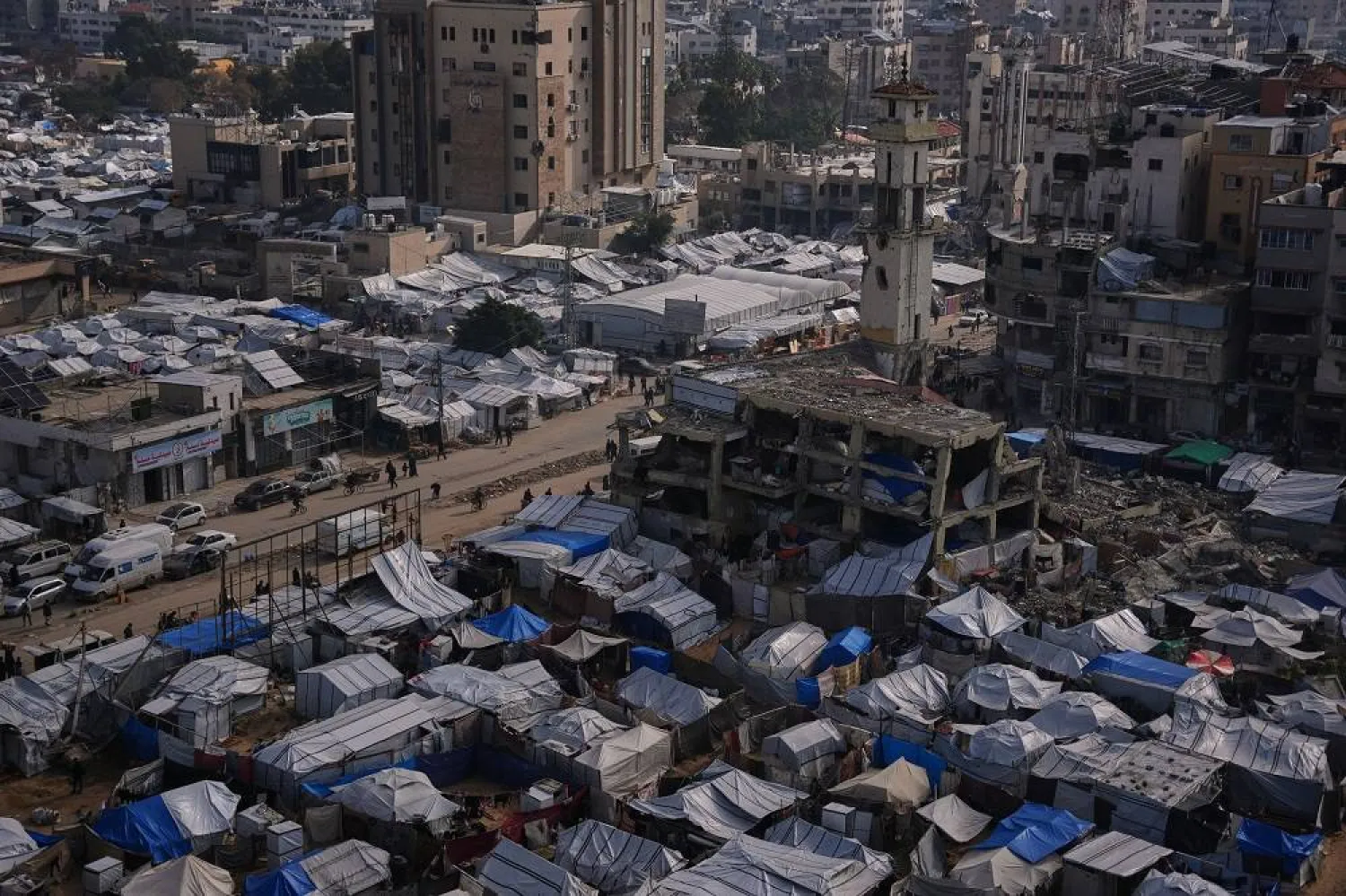Internal displacement in Yemen decreased by 76 percent compared to the pre-truce period, according to UN data.
The truce has been active for 17 months.
The United Nations Office for the Coordination of Humanitarian Affairs (OCHA) said that currently neither war nor peace prevails in Yemen.
“Displacement decreased by 76 percent during the months of the truce,” according to OCHA.
As the Houthis continue to hinder peace efforts, the UN affirmed that “the cost of the minimum household expenditures basket rose by over 50 percent in the space of a single year. In the absence of a comprehensive political settlement, continued displacement, the economic situation, and lack of capacity of state institutions, are likely to remain a key driver of needs.”
“An estimated 4.5 million people—14 percent of the population—are currently displaced, most of whom have been displaced multiple times over a number of years... Natural disasters and climate-induced events, such as drought and flooding, are also key drivers of displacement and have heightened existing needs,” said the UN.
“Many IDPs in Yemen live in flood-prone areas or dangerous locations.”
“Continuing protracted displacement even with lower rates of new displacement may well ensure Yemen remains among the top six largest internal displacements in the world.”
“Throughout 2023, humanitarian needs are likely to hold steady and the resilience of vulnerable populations to decrease as a result of the ongoing breakdown of basic services and the fragility of Yemen’s economy due to macroeconomic instability and the depreciation of the Yemeni Rial (YER), the de facto separation of economic institutions and issuance of competing monetary policies, low household purchasing power, inflation and high prices of food, fuel, and other essential commodities.”
“An estimated 5.4 million - 25 percent - of the people in need across Yemen are affected by access constraints. Access challenges are most prevalent in northwest Yemen, where they are largely bureaucratic impediments.”
These areas are ruled by the Houthis.
“At the same time increasing security issues (such as carjackings, kidnappings, and other forms of violence) have been registered particularly across areas primarily under the control of the internationally recognized Government of Yemen (GoY).”
“The vast majority of access constraints are issues related to bureaucratic impediments, which mainly include denials of movement and delays of travel permits. Bureaucratic impediments include two key challenges on the rise into 2023.”
The first is the increasing imposition of mahram requirements primarily by the Houthis, whereby women must be accompanied by a close male family member to travel.
“This has impacted female national staff traveling on field missions, leading to the delay and cancellation of field visits, needs assessments, and life-saving assistance deliveries. It likewise has had a major impact on the access of women to essential services, education, and livelihoods opportunities.
The second is long delays in approval of sub-agreements, leading regularly to delayed implementation of urgently required humanitarian projects and services for the better part of a year.”
The Yemen Humanitarian Response Plan 2023 report added that “access challenges remain the most important challenge to effective humanitarian action in Yemen. As such, coordinated action to safeguard operational space and ensure safe, unimpeded, and principled access will be a cornerstone of the response in 2023.”
“Clusters are targeting only the most vulnerable people in need through highly prioritized planning and humanitarian actors are increasingly implementing integrated programs to improve quality and efficiencies of response.
However, the per unit price of activities has increased in eight out of ten clusters, due to high global supply chain costs, rises in commodity prices, the continued fragility of Yemen’s economy, and access impediments. These factors have driven overall funding requirements upwards despite a decrease in the number of people targeted, compared to 2022.”









